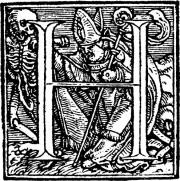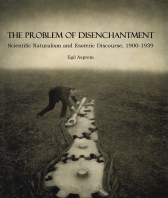A few weeks ago, Correspondences 2.1 appeared, featuring my article “Beyond the West: Towards a New Comparativism in the Study of Esotericism”. I focus on the role of comparative methods in the field of esotericism, a subject that has been fraught with controversy due to excessive misuses of such methods in the past. The core of my argument is that we need to lift the more general ban on comparativism that has largely been in effect, and start developing new and responsible ways of opening up the field to both cross-cultural and other sorts of comparative research. I analyse the scholarly background, the current situation, and offer concrete suggestions – including a typology of different sorts of comparative research that might be undertaken, and for what reasons.
The reason for writing this post is not just to pique your interest in this article, however, but rather to point out that there is a broader discussion mounting at the moment. In religious studies generally, the debate is opened up again now with Jeffrey Kripal’s recent text book, Comparing Religions (Wiley, 2013), and in my article I cite a growing literature in esotericism studies that move in this direction. It was however nice to receive another addition in the mail last week, Gordan Djurdjevic’s India and the Occult: The Influence of South Asian Spirituality on Modern Western Occultism (Palgrave, 2014). Leafing through it this afternoon inspired this post, because I realize that Djurdjevic makes a sort of contribution that should have been included in my discussion had it been available half a year ago. So here are some quick thoughts, relating our comparativist projects.








